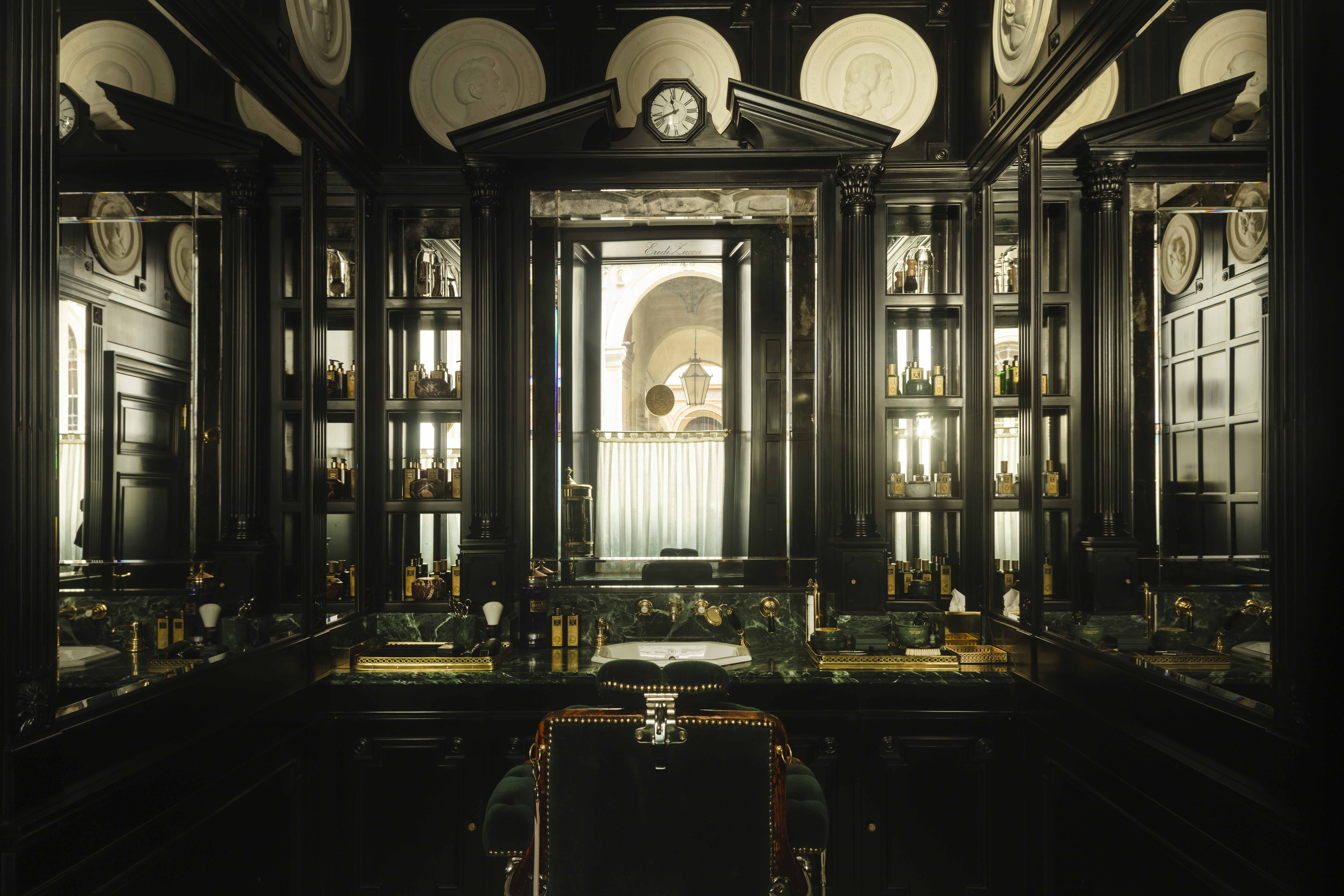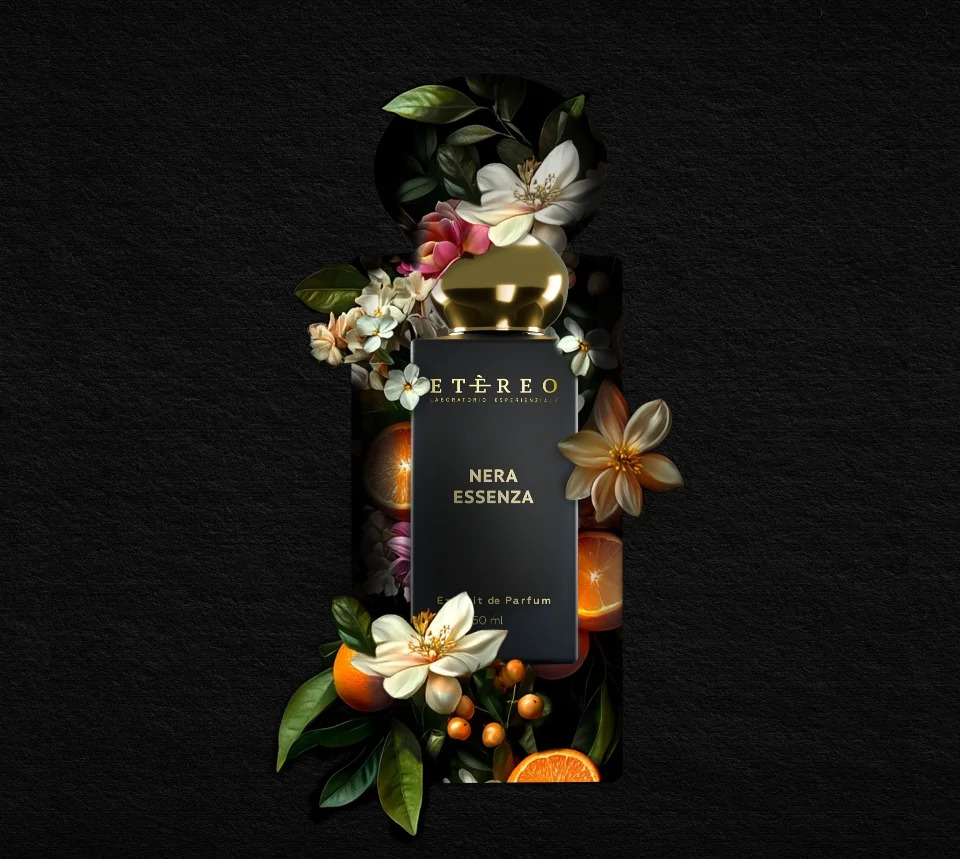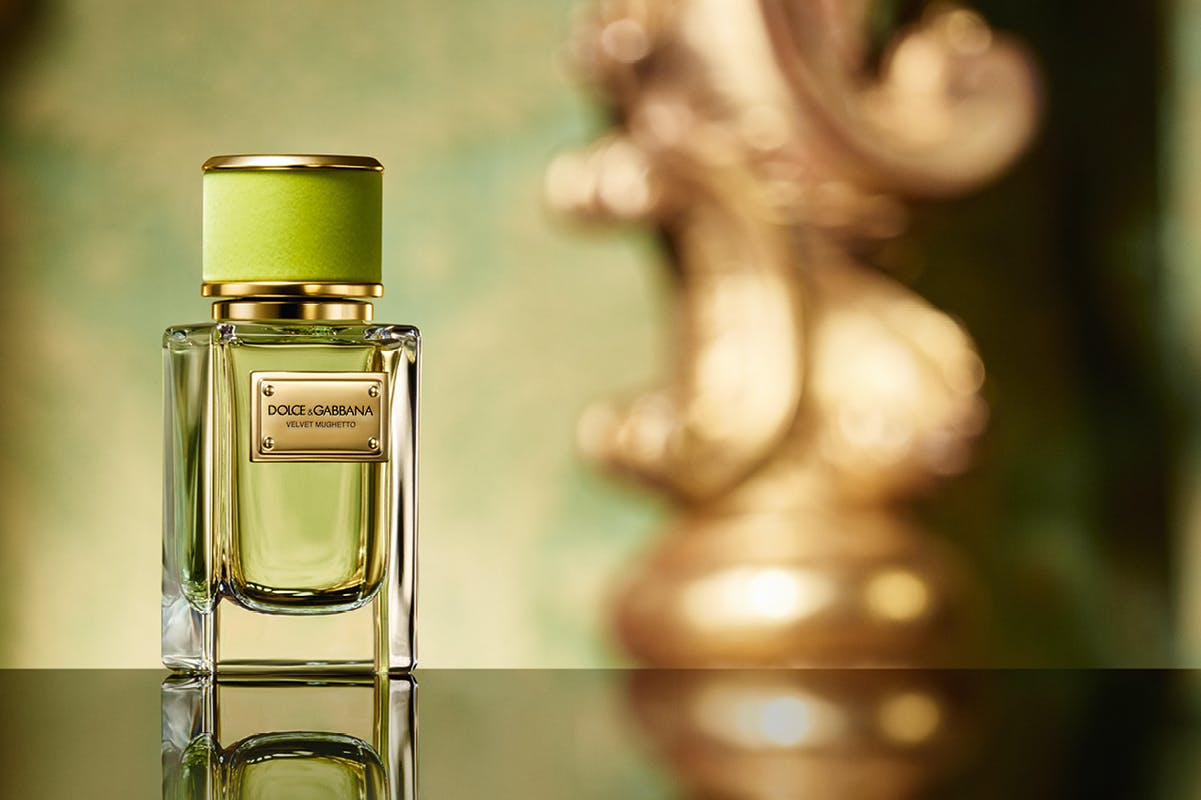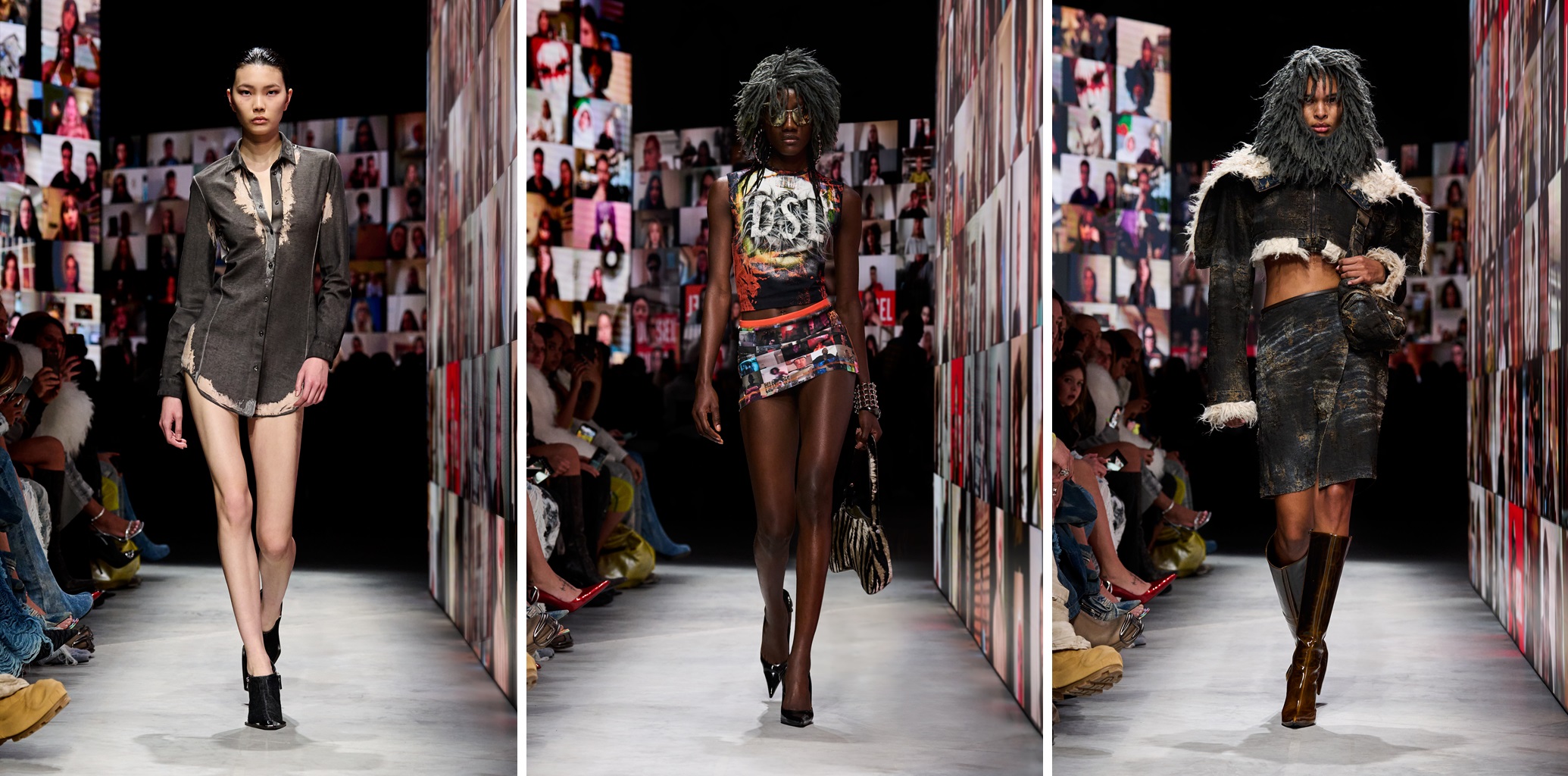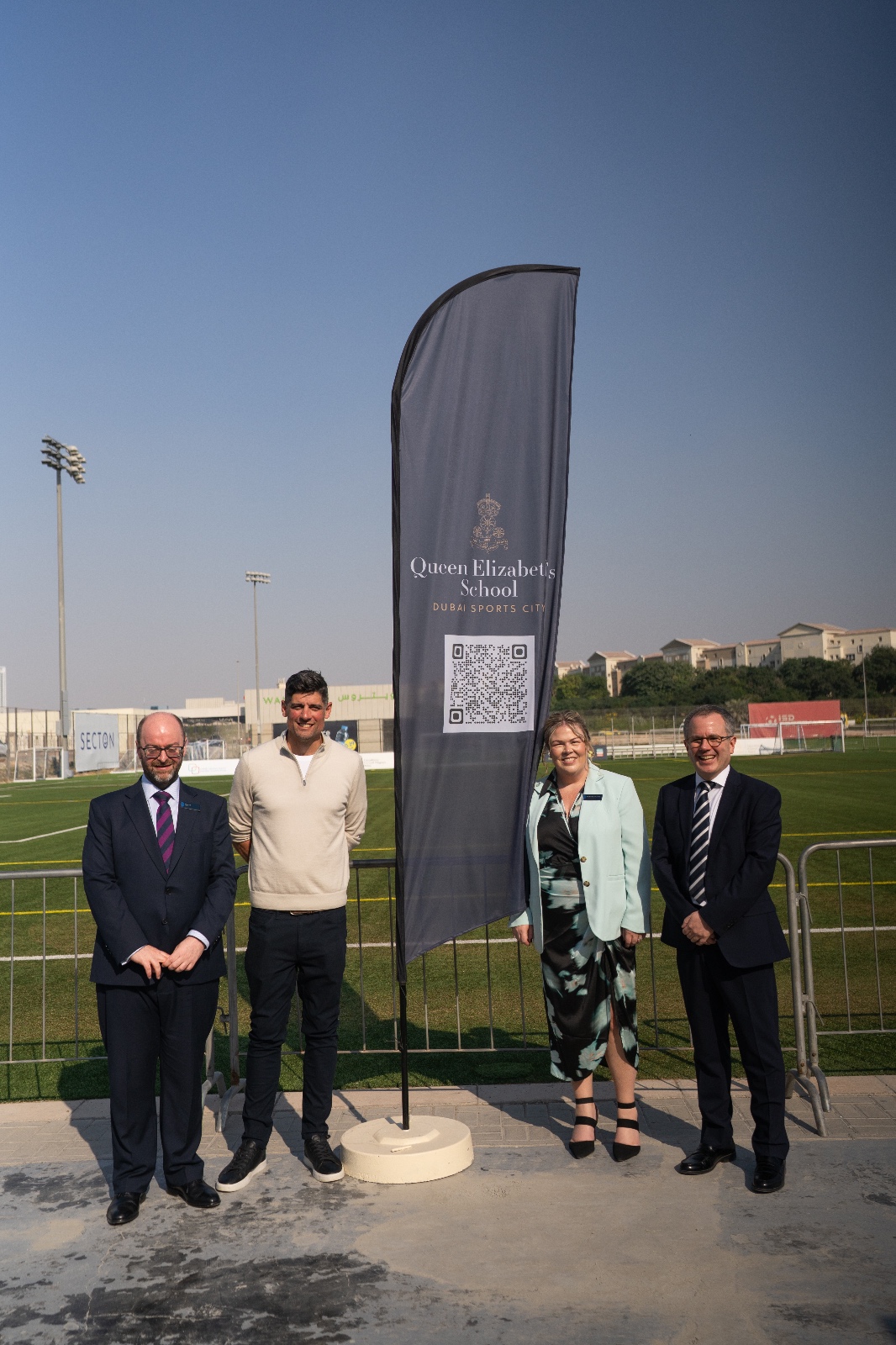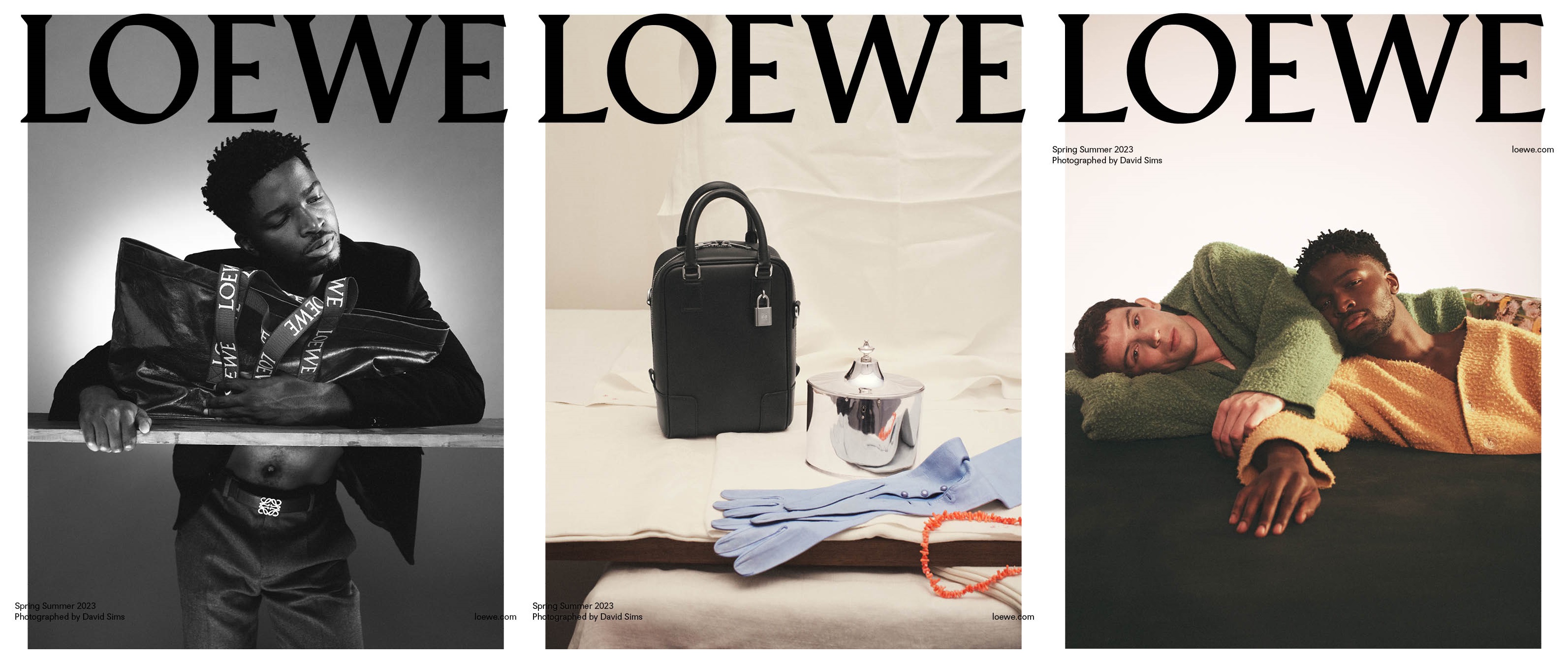Magical Tailoring
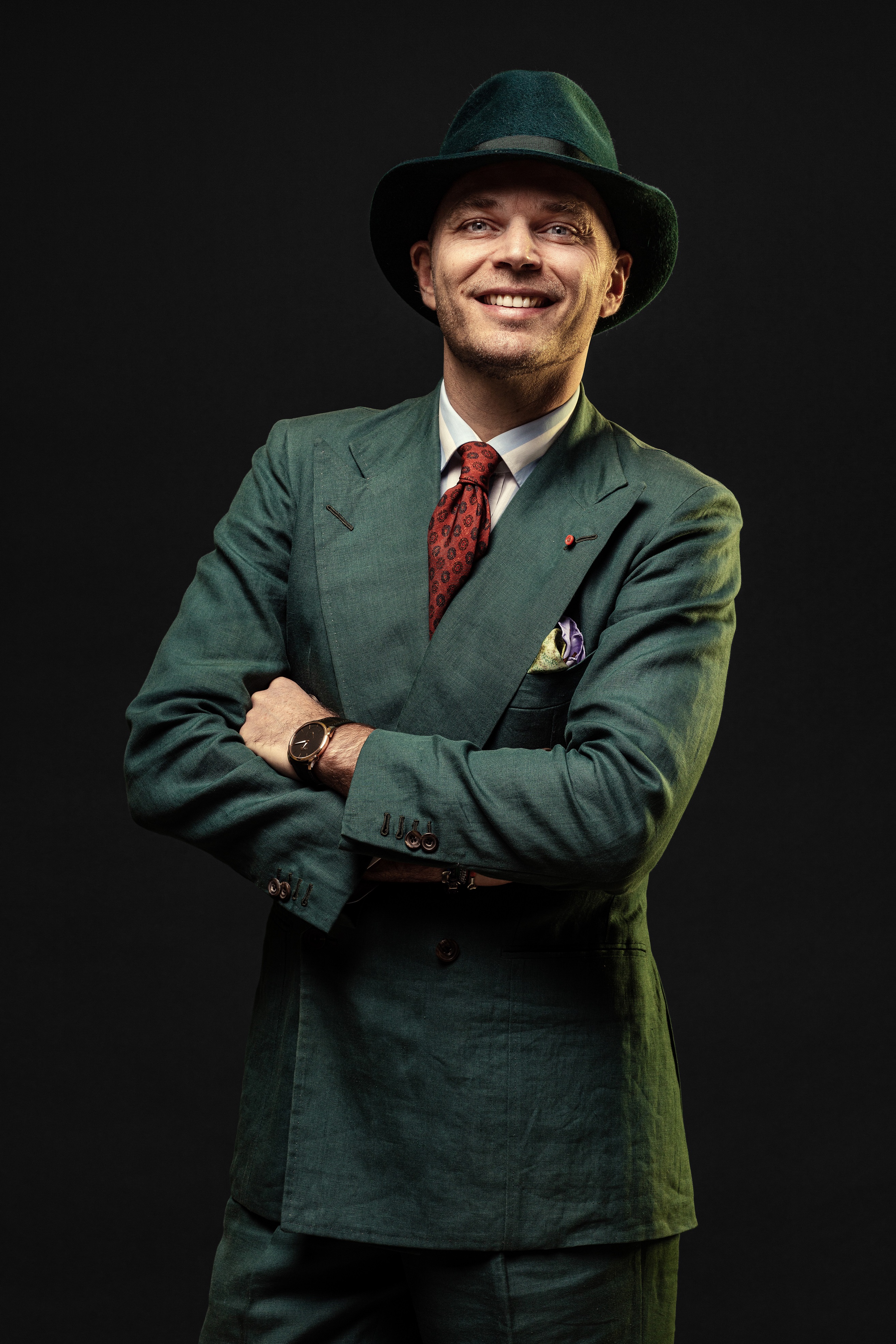
For three generations, the Rubinacci family has shaped the essence of Neapolitan elegance, blending tradition with innovation to create a distinctive sartorial identity. The story begins in the 19th century, when the family first ventured into trade with the East, setting up a shop near the Angevin Castle. But it was in 1932 that Gennaro Rubinacci, an art collector with a deep passion for clothing and a revered figure in Neapolitan high society, laid the foundation for what would become a legacy in bespoke tailoring. He opened London House at Via Filangieri 26, introducing a fresh vision that seamlessly merged British fabrics with the relaxed refinement of Naples.
A true anglophile, Gennaro was fascinated by the textures of wool, flannel, Cheviot, and tweed, yet he redefined tailoring by prioritizing comfort. His signature unlined jackets allowed for greater freedom of movement, setting a new standard in luxury menswear. Rubinacci’s innovations—such as the soft, natural drape of the mappina shoulder, the elliptical barchetta pocket, and the bold pignata patch pocket—became hallmarks of Neapolitan style, distinct from the structured precision of Northern European tailoring.
“The real difference between English and Neapolitan tailoring is the jacket itself. In Naples, it’s much less structured, allowing for greater ease and fluidity in movement.” Luca Rubinacci
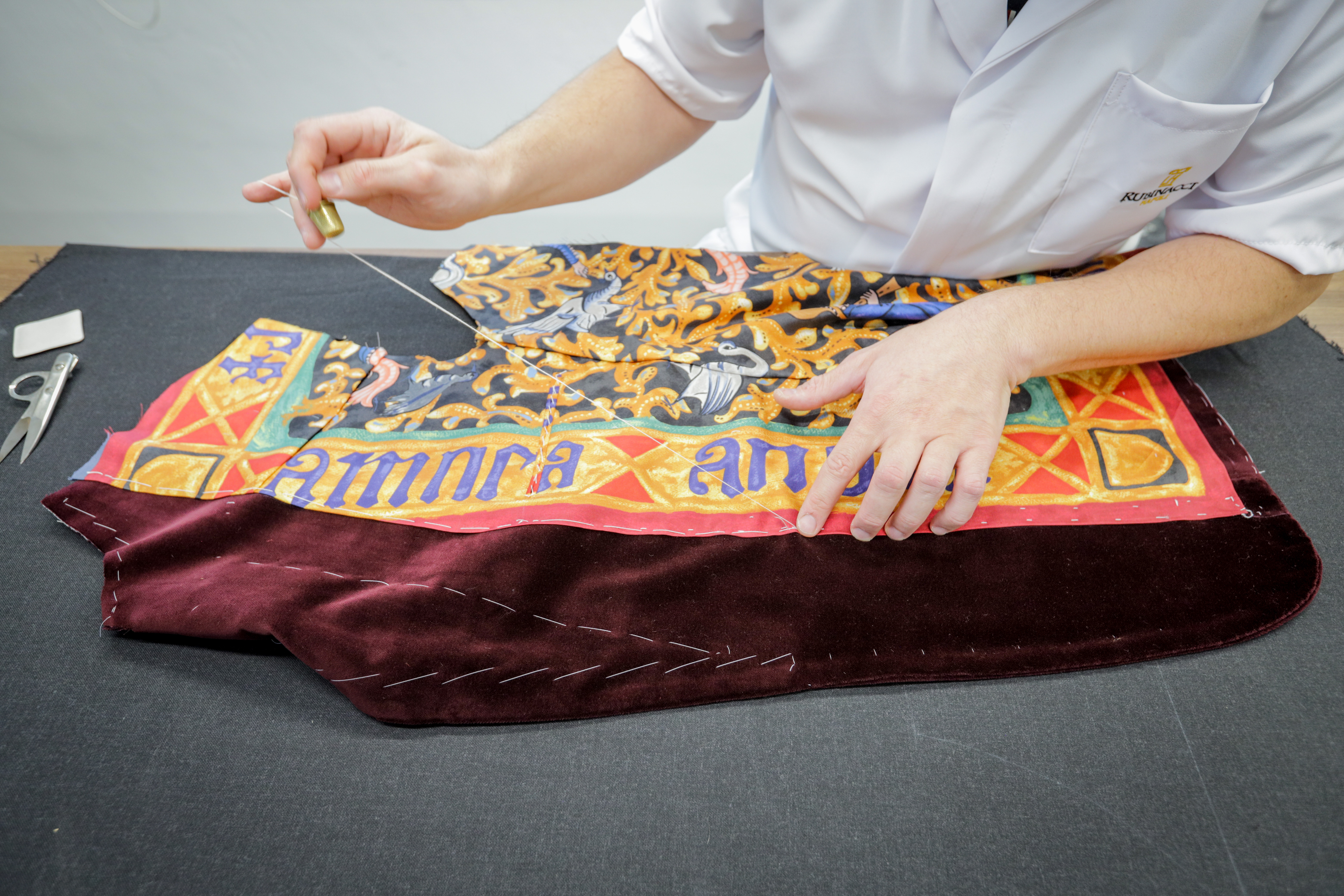
Today, with his father Mariano having solidified the business and ensured that the Rubinacci legacy remains timeless, the brand is now led by Luca Rubinacci, the third generation of the family. Alongside his sisters—Chiara, his right hand, and Alessandra and Marcella, who manage other business divisions—Luca has embraced the challenge of modernizing the brand while staying true to its heritage. “In 2002, I worked as an apprentice on Savile Row, learning the secrets of English tailoring,” he shares. “My grandfather Gennaro always had a strong connection with British tailoring, and I wanted to fully understand that world before stepping into the family business.”
His entry into the Rubinacci atelier was deliberate and measured, but his impact has been profound. “I gradually introduced changes, including increasing our production from just 300 bespoke suits a year to almost 1,200, incorporating ready-to-wear into our offering,” Luca explains. “This expansion truly took shape in 2015, and our aesthetic evolved into a more casual-chic style, perfect for the contemporary man.”
One of the defining elements of Neapolitan tailoring lies in its structure, or rather, its lack thereof. “The real difference between English and Neapolitan tailoring is the jacket itself,” Rubinacci points out. “In Naples, it’s much less structured, allowing for greater ease and fluidity in movement.” This softness in construction creates a natural drape that has become a signature of the Rubinacci name.
“Our style is timeless, rooted in a superb selection of fabrics. Additionally, our tailoring is unparalleled, ensuring exceptional craftsmanship in every piece.” Luca Rubinacci
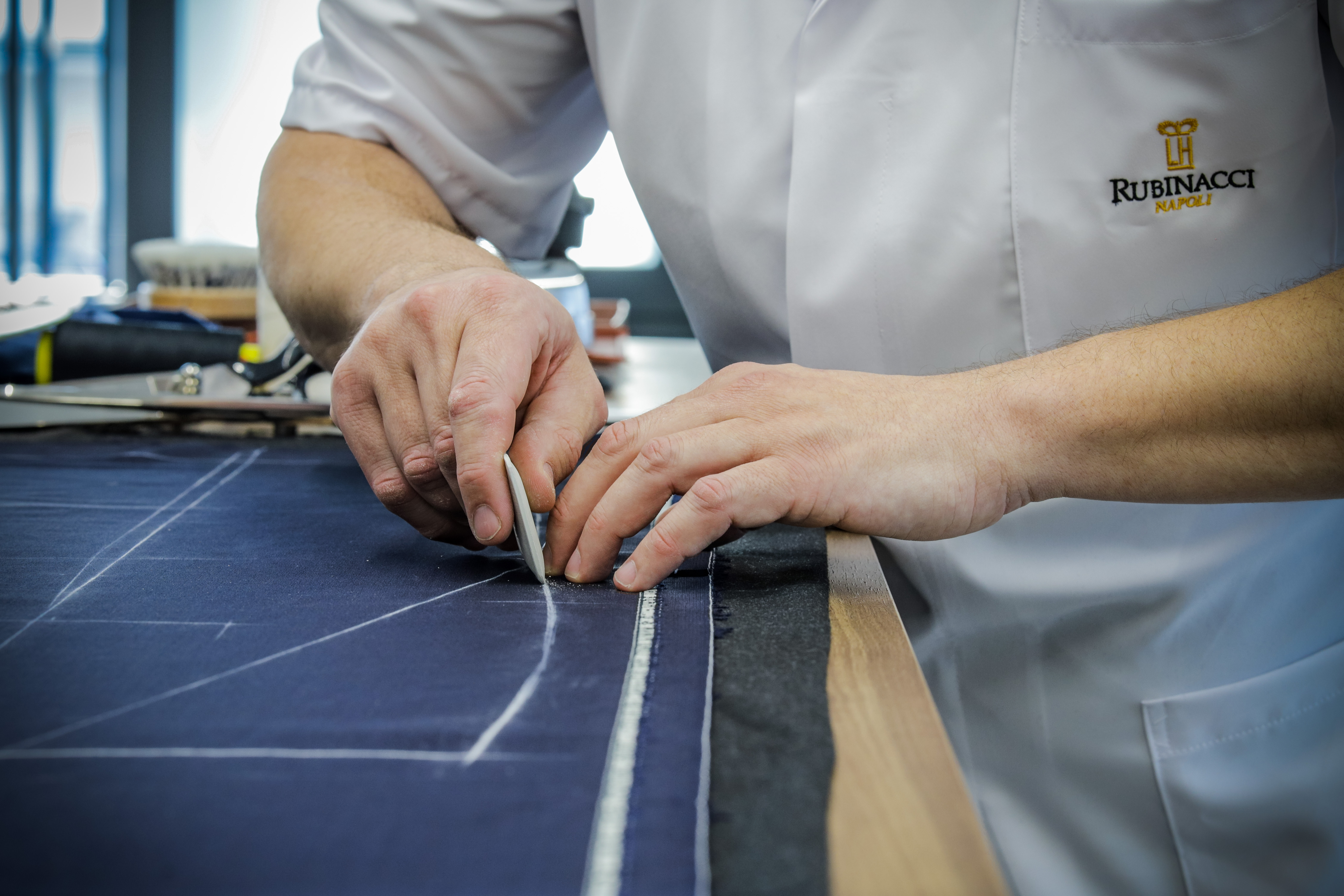
The global fashion landscape has shifted dramatically in recent years, and Rubinacci has evolved with it. “During the COVID-19 pandemic, I saw an opportunity to expand through wholesale,” Luca reveals. “With elegance becoming more relaxed, it made sense to introduce our pieces through platforms like Mr Porter and MyTheresa and through our stores in Napoli, London and Milan. This allowed us to enter new markets while maintaining our signature craftsmanship.” However, wholesale was only the beginning.
“Now, officially debuting in the Milan Men’s Fashion Week calendar, we wanted to reinforce the idea that Rubinacci is growing in an organic, fluid way, ready for expansion into new markets, including the Middle East,” he adds. This strategic move signifies a new chapter for the brand, one that balances heritage with modern aspirations.
Another significant transformation has been the shifting demographic of Rubinacci’s clientele. “Our typical customer used to be a 60-year-old gentleman,” Rubinacci reflects. “Today, he’s 35 and is someone who wants to dress well and be guided in his everyday style choices.” This younger, more dynamic audience appreciates Rubinacci’s ability to merge timeless craftsmanship with a modern sensibility.

At the heart of the Rubinacci philosophy is an unwavering commitment to quality. “Our style is timeless, rooted in a superb selection of fabrics,” Luca notes. “we boast an extensive archive of over 60,000 meters of fabric, alongside a thoughtfully curated collection of vintage pieces crafted from rare, archival textiles. Additionally, our tailoring is unparalleled, ensuring exceptional craftsmanship in every piece.”
This dedication to excellence is evident in the Fall/Winter 2025-2026 collection, which Luca describes as “a tribute to the ‘real man’ whether he’s on the streets or in the office.” The collection is rich in warm tones, featuring deep brown, military green, black, gray, and beige. “Our silk jackets are completely unstructured—you won’t even notice them,” he says. “And overcoats with a 24 cm flared hem are timeless. The cashmere we use is incredibly light and luxurious.”
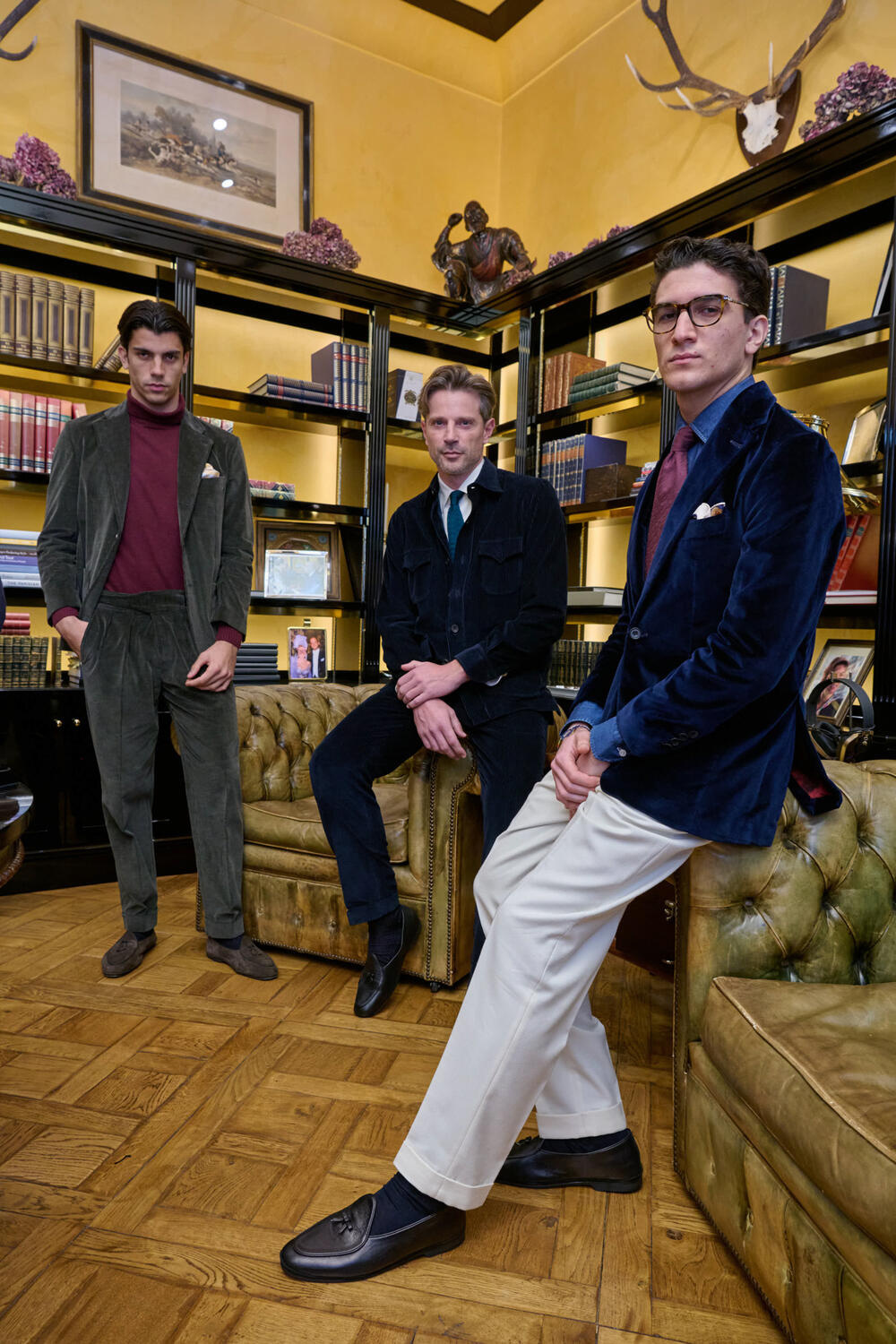
Beyond the garments themselves, Rubinacci offers a unique, immersive experience for its VIP clientele. The Casa Rubinacci initiative which allows customers to stay in one of the brand’s residences in Naples for a week while having their bespoke suit crafted and living their Italian Dolce Vita experience.
Rubinacci’s legacy is one of refinement, tradition, and evolution. Under Luca’s leadership, the house continues to honor its past while embracing the future, ensuring that Neapolitan tailoring remains relevant for generations to come.
For more information: www.marianorubinacci.com ; @rubinacci_official ; @luca_rubinacci ; [email protected] .
related posts
